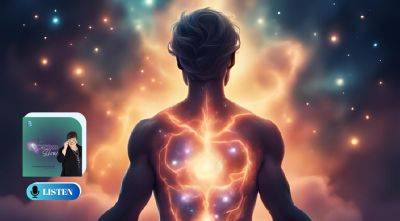Treating the Hidden Complexities of ADHD
A staggering three-quarters of adults with ADHD have at least one coexisting condition like depression, anxiety, bipolar disorder, obsessive compulsive disorder (OCD), substance use disorder, or an eating disorder.1 Similarly, up to 80% of children with ADHD also have a co-occurring disorder2, which complicates symptom management.A complex condition requires a thoughtful treatment approach, and multiple diagnoses often require treatment with more than one medication.
Unraveling the answers takes time, plus trial and error. Thanks to years of research, however, clinicians are now equipped with highly effective options for addressing tough-to-treat cases of ADHD plus comorbidities.Use this evidence-based information to begin a conversation with your doctor about treating complex ADHD with combination therapy.The stimulants used to treat ADHD generally have no major drug-to-drug interactions, so they don’t increase the levels of other medications you may be taking, and vice versa.
They are safe to use in combination with other medications, including non-stimulants, antidepressants, and antipsychotics. However, some of the non-stimulants, such as atomoxetine (brand name Strattera) or viloxazine (brand name Qelbree), may affect the blood levels of other medications.We generally recommend treating the more sever condition first.
If untreated, the symptoms of severe conditions like bipolar or panic disorder can undermine or hijack ADHD treatment. If a patient has mild anxiety, for example, it makes sense to address the ADHD first and then assess any remaining anxiety.
Read more on additudemag.com























